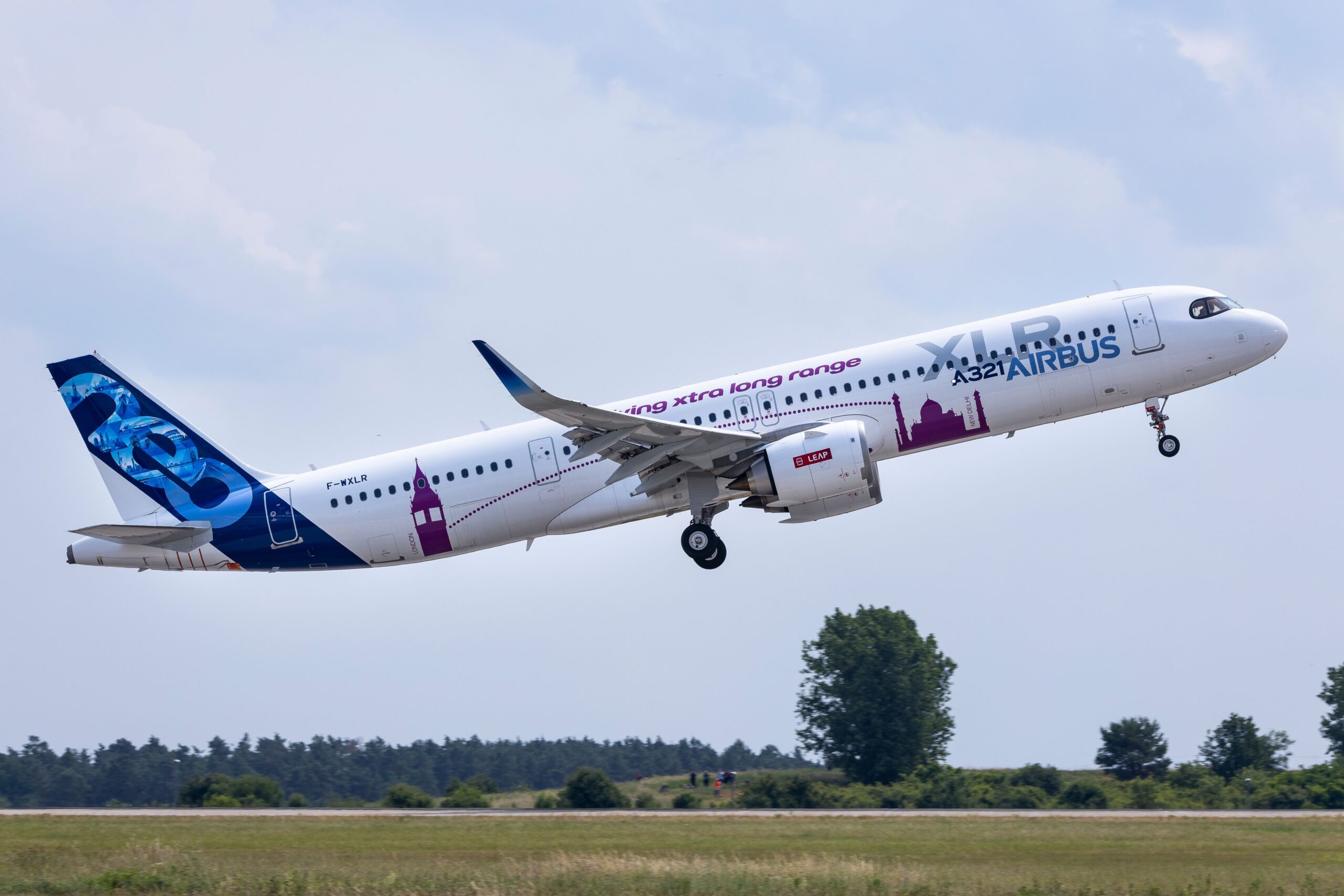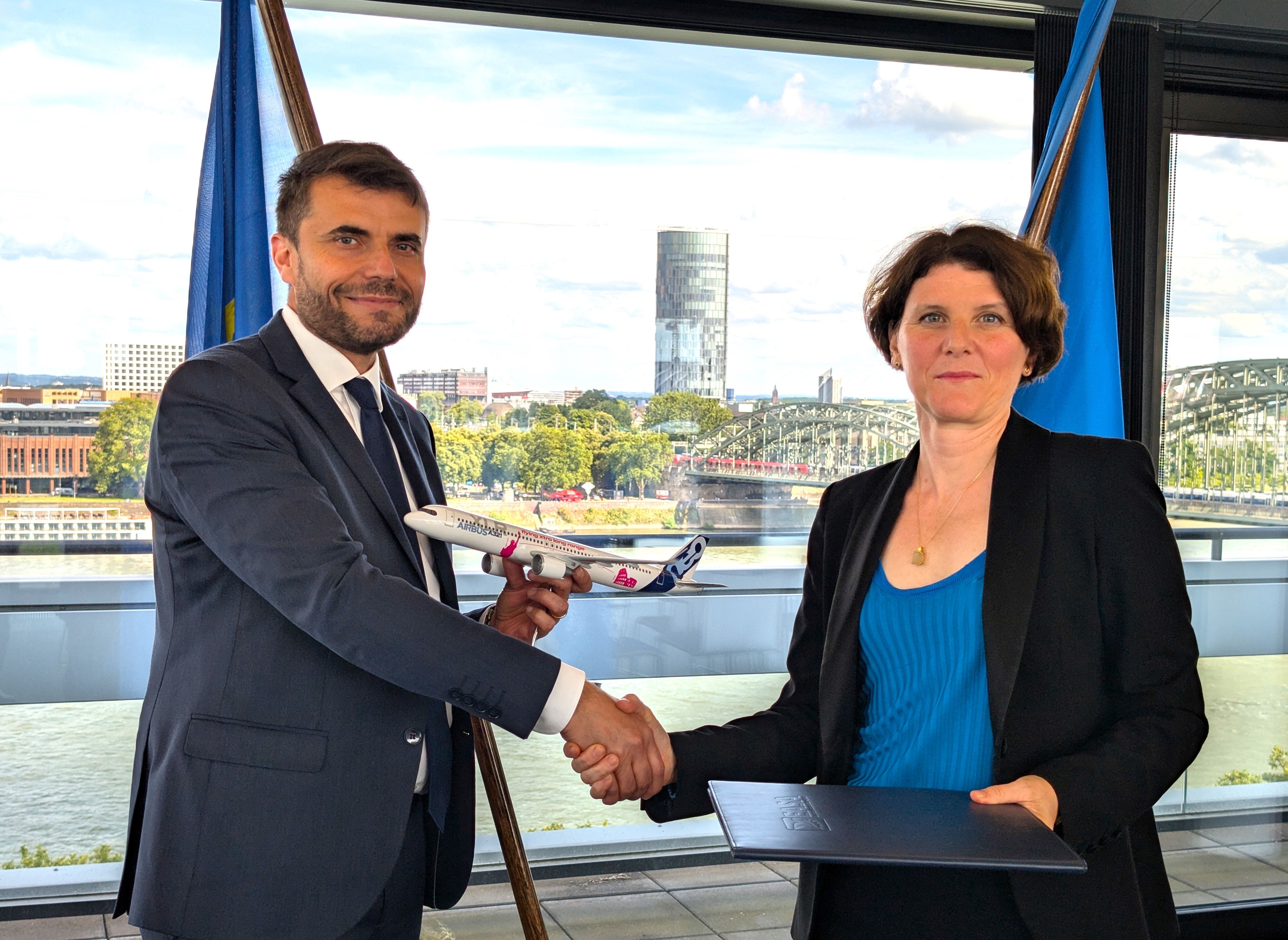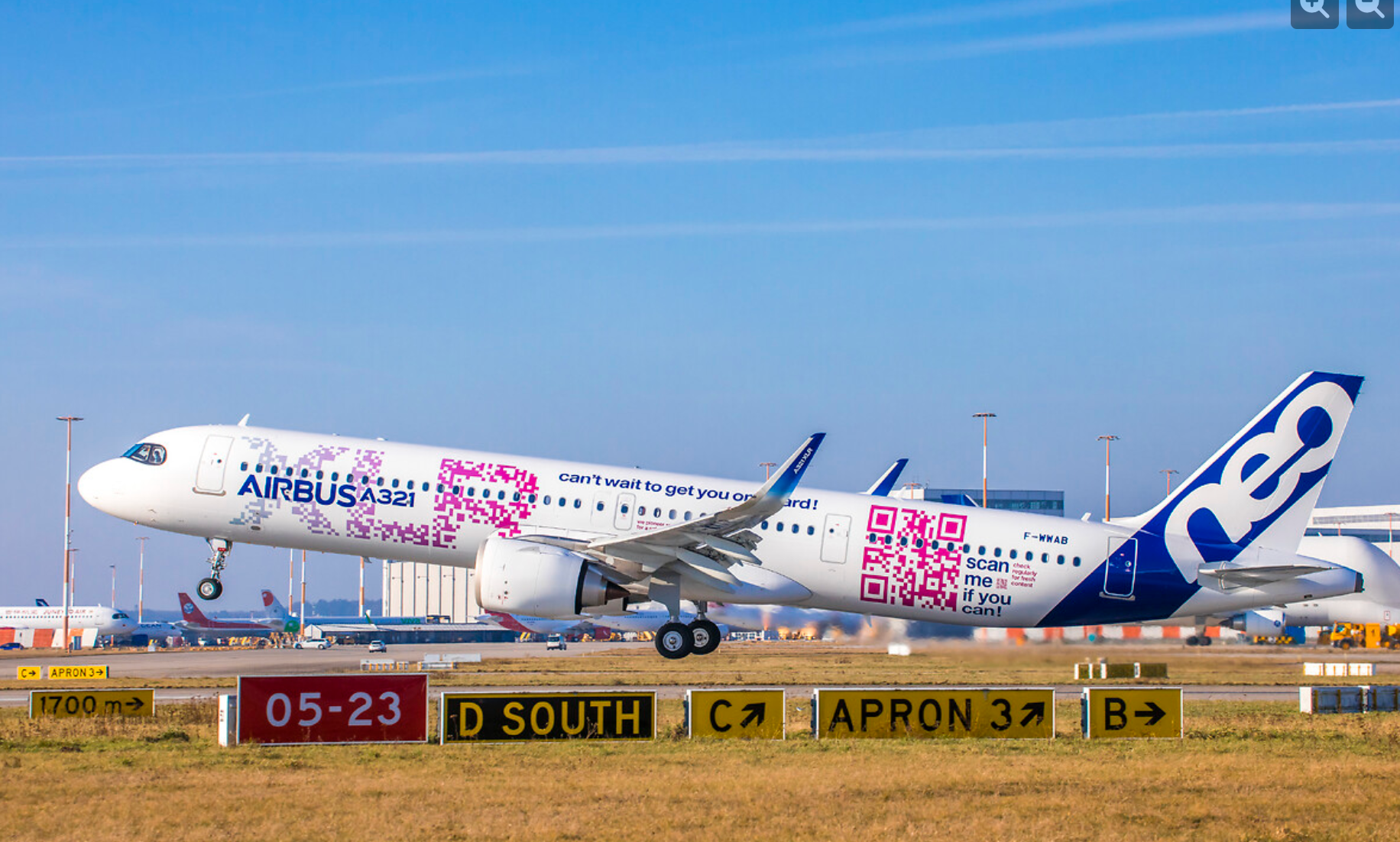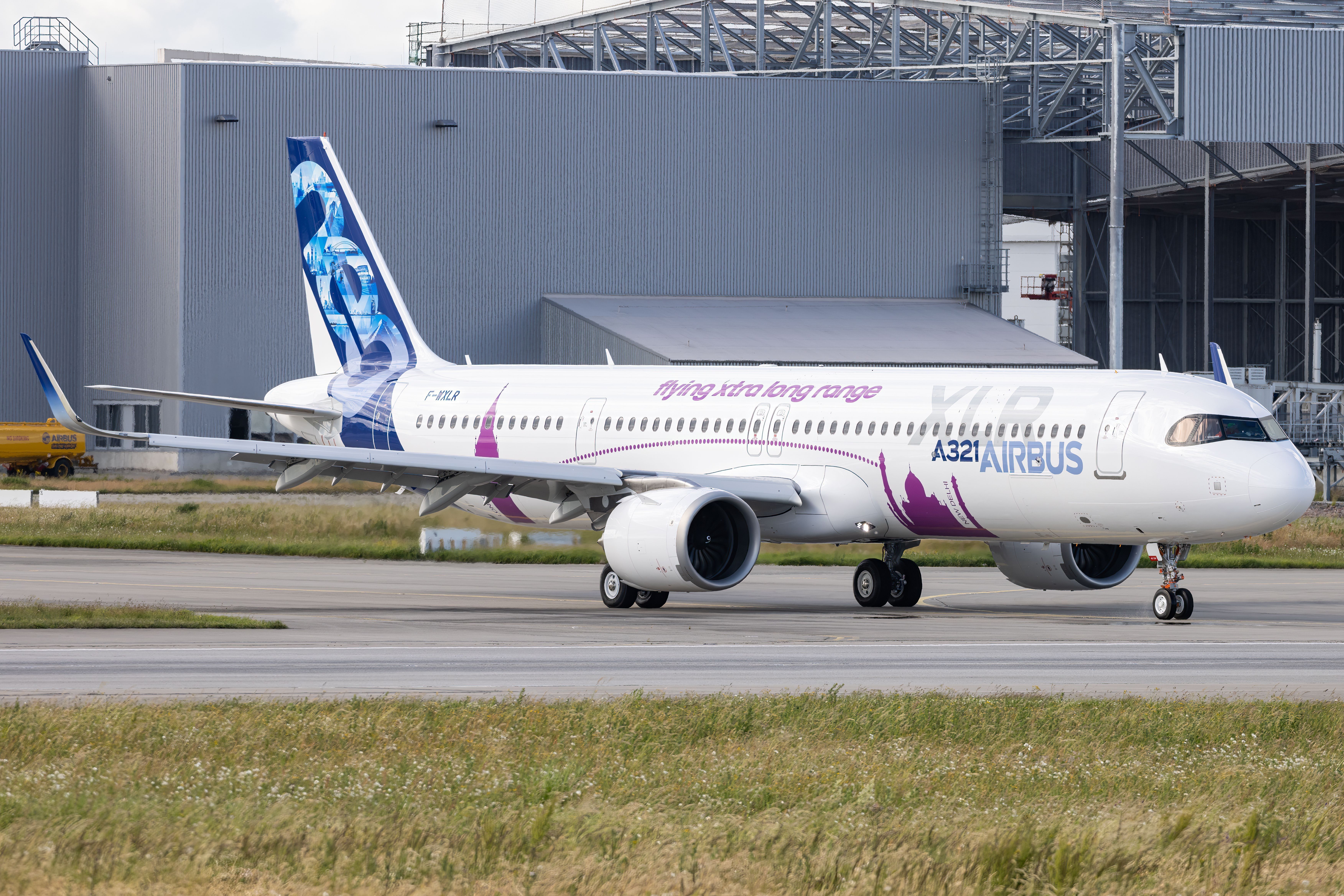Summary
- The European Union Aviation Safety Agency (EASA) has certified the A321XLR on July 19.
- The regulator approved the type to operate commercial flights with the CFM International LEAP-1A engine, with certification of the PW1100G-powered A321XLR coming sometime in 2024.
- The A321XLR should enter service by the end of the summer.
Airbus has announced that the European Union Aviation Safety Agency (EASA), the state of design for the European manufacturer, has certified the A321XLR, the A321neo derivative that introduced unprecedented range on a narrowbody aircraft.
LEAP-1A-powered A321XLR first
The aircraft manufacturer stated on July 19 that EASA first certified the CFM International LEAP-1A-powered A321XLR, with certification of Pratt & Whitney PW1100G coming sometime in 2024.
Florian Guillermet, the Executive Director of EASA, handed over the type certificate (TC) to Isabelle Bloy, the chief engineer of the A321XLR.
Photo: Airbus
Christian Scherer, the chief executive officer (CEO) of Airbus Commercial Aircraft, stated that the aircraft type was a differentiated product that brought new value to the market, expanding possibilities for Airbus’ airline customers and passengers.
“With its long range, the A321XLR enables a host of new direct routes, offering natural growth opportunities to our customers and the travelling public. It provides airlines with the efficiency of commonality inside the A320/A321 product range and its versatile cabin a range of service possibilities that are just unique.”
Scherer added that the product was quintessential Airbus, with the executive mentioning that the certification of the A321XLR was a key milestone for the aircraft manufacturer.
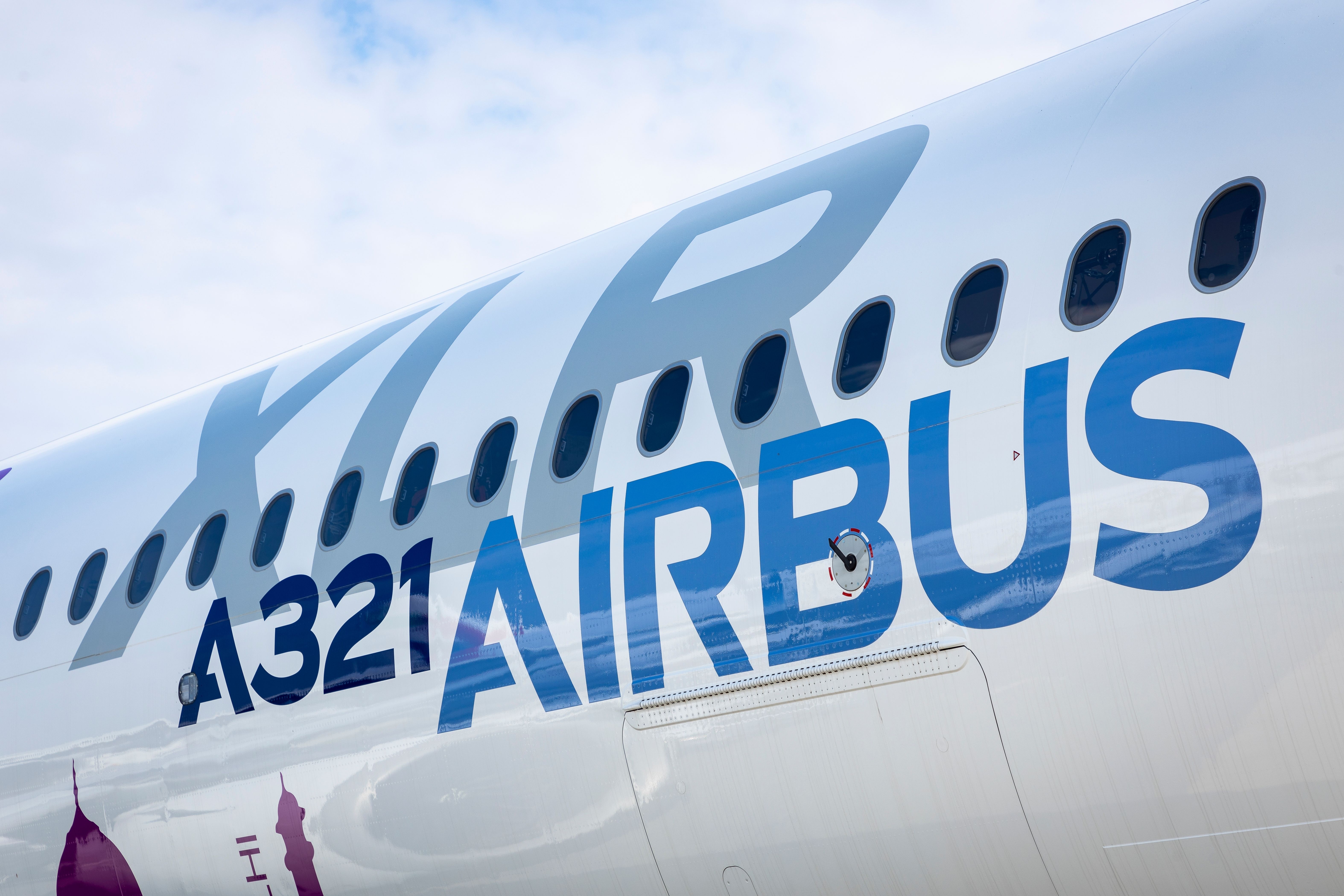
Related
Airbus A321XLR Nears Certification & Entry To Service
Airbus stated that certification for CFM International LEAP-1A-powered A321XLRs was “imminent.”
Preparing for commercial service
The Airbus Commercial Aircraft CEO added that the next step on the company’s agenda was to prepare the aircraft for commercial service with customers across the globe. Scherer concluded that Airbus was looking forward to working with airlines that have ordered the A321XLR to support the integration of the aircraft into their fleets.
Photo: Airbus
Meanwhile, Airbus stated that the A321XLR sat side by side with widebody aircraft in an airline’s fleet. However, with the flexibility to add capacity, open new routes, or adjust seats on itineraries when demand was “variable,” the A321XLR will also burn less fuel than previous-generation aircraft and halve the trip costs when compared to a widebody aircraft, making it easier for airlines to sustain flights on routes when demand does not warrant flights with a twin-aisle aircraft.
As a result, the A321XLR will be a unique aircraft in the market, which could be comparable to the Boeing 757. At the same time, the A321XLR’s range of 4,700 nautical miles (8,704 kilometers) overshadows the 757-200’s range of 3,915 NMI (7,250 km).
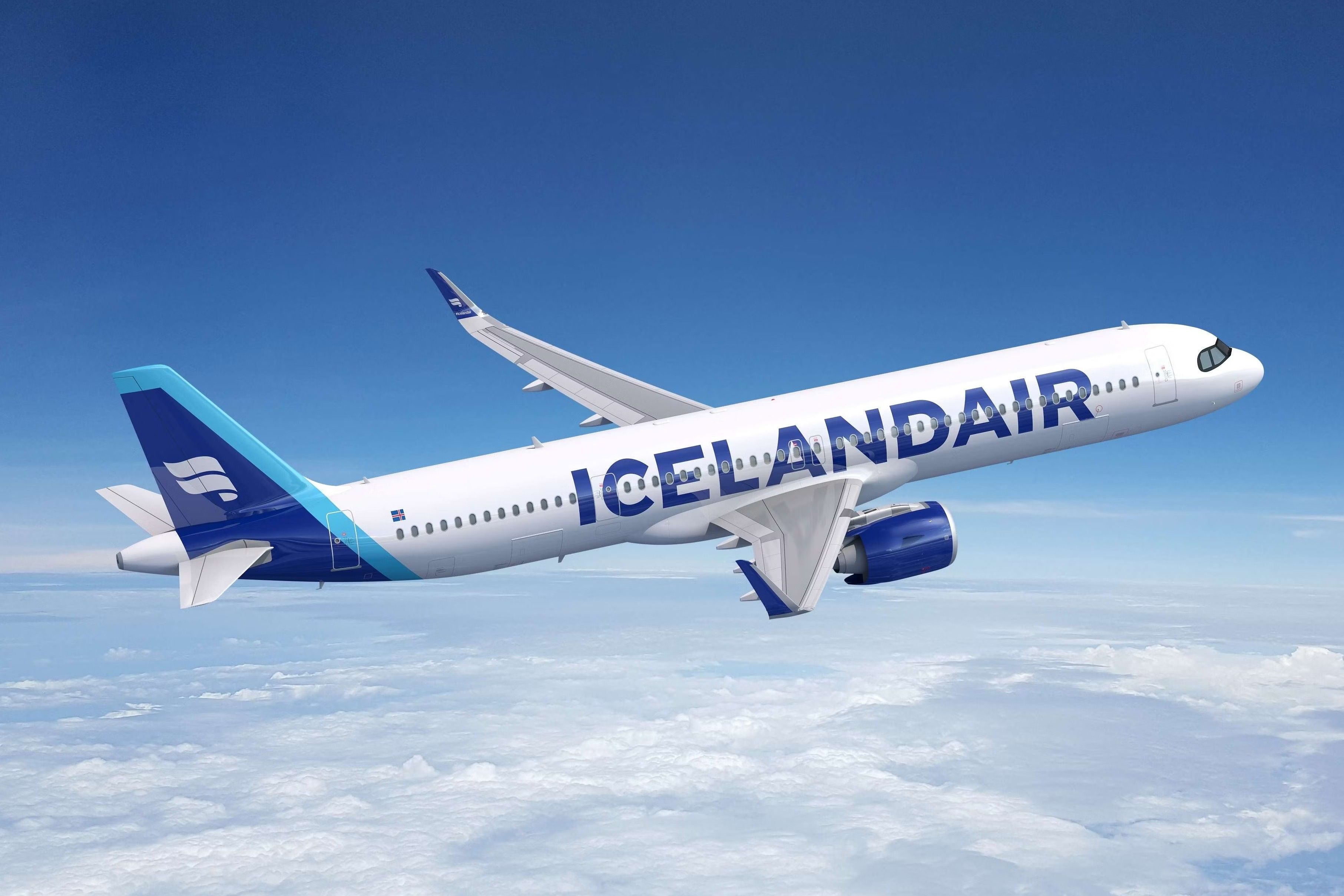
Related
Icelandair Says The Airbus A321XLR “Can Do More” Than The Boeing 757
Interestingly, the words were spoken by an Icelandair senior manager and 757/767 pilot.
Beginning commercial flights in the summer
Airbus noted that EASA granting the TC for the A321XLR paved the way for the type to enter commercial service by the end of the summer. The launch customer should be Iberia, which has planned flights from Madrid Adolfo Suárez Madrid–Barajas Airport (MAD) to Boston Logan International Airport (BOS).
Photo: Wirestock Creators | Shutterstock
According to the A321XLR’s TC data sheet (TCDS), the type was certified as A321-253NY, with a maximum takeoff weight of 97,000 kilograms (213,848 lbs) and a maximum landing weight of 79,200 kg (174,606 lbs).
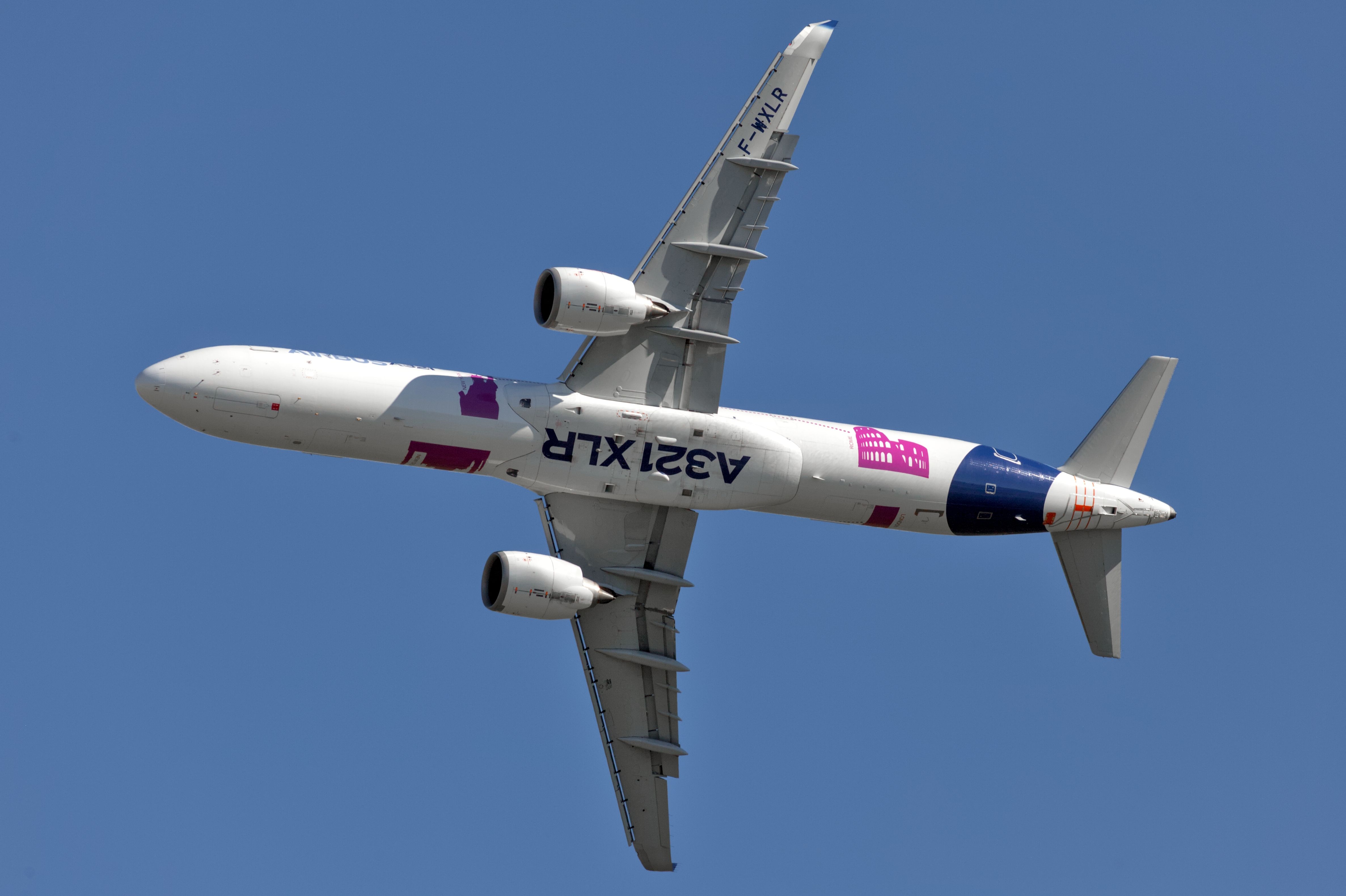
Related
Iberia’s 1st Airbus A321XLR Flight Is Now Open For Booking
The inaugural Airbus A321XLR flight should be on the Madrid, Spain, to Boston, United States, route.

